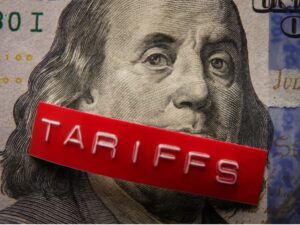Strategies in a Medical Device Patent Jury Trial
November 24, 2013
Developing a jury-friendly trial strategy in a patent case is critical to success. Reflecting on their medical device jury trial experience, the authors focus on three main components of trial strategy: using fact witnesses to build a compelling storyline; simplifying key infringement issues for the jury; and taking a common-sense approach to non-obviousness and damages issues by focusing on secondary considerations of non-obviousness, and making logical, intuitive damages arguments.
Having the inventors explain that despite diligent work on the invention, the development process still required substantial time, effort and resources, conveys that the invention is not a trivial advance and tends to support patent validity.
Don’t overreach. Inventors usually testify early in the case and can set the tone. A loss of inventor credibility can mean a loss at trial. Common examples of overreaching in the invention story include inflating the actual time spent on the invention, failing to account for fits and starts in the development process and exaggerating or double-counting development costs. Don’t oversell the importance of the invention.
From the defendant’s perspective, it is important to present an independent design and development story, emphasizing key product differences. A defendant’s focus should be on attacking the existence of each secondary consideration, as well as the link between the secondary consideration and the claimed invention.
Weaving a cohesive story throughout the case, one that is easy for the jury to grasp, can be the difference between a win and loss.
Read full article at:
Daily Updates
Sign up for our free daily newsletter for the latest news and business legal developments.



